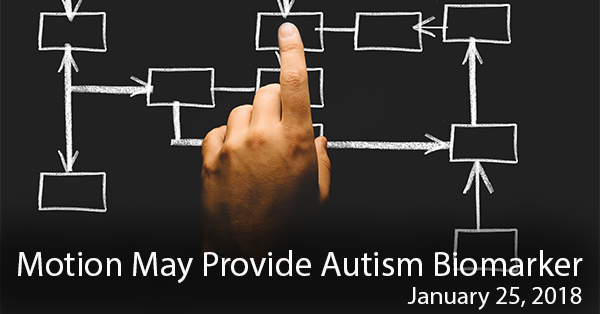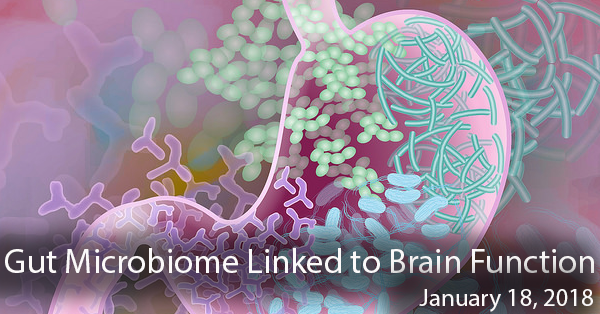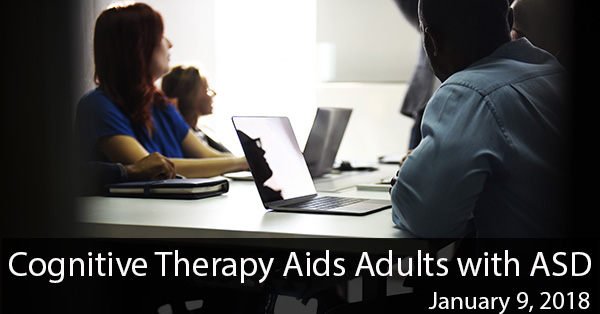Archives
January, 2018
Select a different month in the archive
Body Movements Could Help Detect ASD
By Chelsea Toledo, M.A. on January 25, 2018

Background: Given the increasing prevalence of Autism Spectrum Disorder, or ASD, families seek early and reliable diagnosis to plan for appropriate interventions, leading to better outcomes. However, the established screening procedures are based on observation of children’s behavioral features by clinicians, so screening and diagnosis typically don’t take place until well after infancy.
What’s New: A recent study identified a biomarker that could potentially detect ASD based on movement. Wearing electromagnetic sensors on their hands, 71 individuals were instructed to point at a target on a screen repeatedly. The researchers recorded physiological information about the movements of the participants – whose ages ranged from 3 to 31, and 30 of whom had an ASD diagnosis – detecting differences that were imperceptible to the naked eye.
The researchers found:
• An algorithm was able to separate electromagnetic “noise” from the true neurological signals underlying the participants’ movements. Each individual’s movements corresponded a metric or “score.”
• The lower a participant’s score, the more likely he or she was to have an ASD diagnosis.
• Lower scores also corresponded to more severe cases of ASD.
• Moreover, 17 out of 20 parents of children with ASD undergoing the same test (who did not have ASD diagnoses themselves) showed movement patterns that differed from typical adults but were reminiscent of their children.
Why it’s important: This study suggests that extremely subtle differences in movement detected by quantitative measures can serve as potential evidence of ASD, and that there is a likely genetic component to the neurological features underlying these differences. Future research could shed light on the link between genes, neurons, and differences in movement – and could possibly point towards new avenues for early diagnosis.
Help me understand :
| Source(s) : |
| Tweet |
Gut Microorganisms Linked to Brain Function
By Chelsea Toledo, M.A. on January 18, 2018

Background: Families of individuals who have Autism Spectrum Disorder, or ASD, often notice that they have atypical feeding patterns and gastrointestinal (GI) dysfunction, such as chronic constipation. A number of recent studies have reported significant number of children with having at least one GI symptom. Researchers are actively looking into the link between how gut function could alter brain function and behavior.
What’s New: A recent study in rats explored how different compositions of microorganisms in the gut — the “good bacteria” that aid in digestion — could affect brain function. The researchers fed 22 male rats one of four different diets: a balanced diet, a high-fat diet, a high-fiber diet, or a high-protein, low-carbohydrate diet. They collected and analyzed fecal samples before and three weeks after the experiment began, and studied the brains of the animals after three weeks on the diets using sophisticated imaging techniques.
The researchers found:
• Rats who ate the high-fiber and the high-protein diets had different functioning, when compared to the rats who ate the balanced diet, of the left frontal neocortex — a part of the brain associated with higher-order functions such as language and generation of motor commands.
• While those same differences weren’t observed in the brains of the rats who ate the high-fat diet, the scans revealed different functioning in several areas of the brain in that group, as compared to the rats who ate the balanced diet.
• Additional differences were observed in the brains of the rats who ate the high-protein diet, including distinct functioning of the corpus callosum, which connects the left and right sides of the brain and is associated with vision, eye movement, attention, and other functions.
• There were significant differences in the microorganisms present in the fecal matter of the rats from each diet group at the end of the experiment. When comparing the composition of the fecal matter taken at the beginning and the end of the experiment, the researchers could accurately predict which diet each rat had been assigned.
Why it’s important: While this study did not directly study ASD, it provides clues regarding the connection between GI symptoms and the cause of the disorder itself. Future studies could refine this link and potentially lay the groundwork for therapies targeting the gut.
Feature image depicts beneficial gut bacteria and is the work of Darryl Leja of the National Human Genome Research Institute, National Institutes of Health. The image has been adapted for this page.
Help me understand :
| Source(s) : |
| Tweet |
Cognitive Therapy Boosts Outcomes for Adults with Autism
By Chelsea Toledo, M.A. on January 9, 2018

Background: Autism Spectrum Disorder, or ASD, is marked by differences in the processing and communication of both social and non-social information. While a wealth of research has focused on the benefits of early intervention for children with ASD, relatively few studies have explored the effects of therapies on affected adults.
What’s New: A recent study evaluated a technology-based rehabilitation approach known as cognitive enhancement therapy (CET) among adults with ASD. The researchers administered therapy over the course of 18 months to 54 individuals, between the ages of 16 and 44, identified as verbal with ASD. The participants for CET underwent computer-based neurocognitivie training along with group-based training focused on social cognition development. Interestingly, the outcome of CET was compared to that from another therapy, enriched supportive therapy involving improvement of coping skills in individual and group-based sessions.
The researchers found:
Both forms of therapy were linked to improvements in neurocognitive function (measured by MATRICS Consensus Cognitive Battery), with the participants who underwent CET enjoying greater gains after 9 months, but not after 18.
- The greatest improvements among the participants who underwent CET were in attention and processing speed.
- Following the trial, the participants who underwent CET were rated higher than the other participants in managing emotions, emotional intelligence, tolerance, and perception.
- Individuals who received CET were much more likely to secure employment following after 9 months of the trial.
Why it’s important: This study suggests that cognitive enhancement theory could improve outcomes for adults with ASD, meriting further research.
Help me understand :
| Source(s) : |
| Tweet |

